By Andrew Linares, LPCC
Spring is in the air here in Boulder, CO. The birds are chirping, the days getting longer, and COVID restrictions are beginning to lift. Change is upon us, and it got me thinking about the importance of transitions. They are an inevitable part of life, yet so many of us recoil from, frantically run towards, or hold on too long to the status quo in vain attempts to assert control over a reality that is quite simply, uncontrollable. Specifically, we attempt to not feel the uncomfortable feelings associated with change. I’m interested in how we as humans navigate transitions, why we develop the patterns we do along the way and methods of freeing ourselves from those that are no longer serving us.
Our Personal History of Change
Confession: In the past, I would unconsciously (and metaphorically) pour gasoline and toss a match as relationships were transitioning. Anger was an easier emotion to feel than grief, so I would do or say something (often both) that would instigate a negative response in the other. When they got mad, it allowed me to be mad; and then I could avoid my true feelings: sadness and fear. In terms of the Drama Triangle, I assumed the Villain role so that I could eventually play the Victim. This strategy worked in helping my system avoid discomfort, but it was certainly not effective in maintaining healthy connections with people (even those who were transitioning out of my life).
I’m not alone in the fact that I developed early strategies for navigating the world. Doctors Heller and La Pierre wrote, “When we identify with a survival style (adaptive ways of coping with early unmet needs), we stay within the confines of learned and subsequently self-imposed limitations, foreclosing our capacity for connection and aliveness.”
We begin to develop patterns for navigating transitions early in life, and it must be stated that our systems are truly brilliant in their responses to the world. Before we could even speak, our nervous systems were protecting us from perceived neglect and/or danger and devising ways for us to get our needs met and stay alive. If you’re an adult reading this, Mission Accomplished! You made it. But of course, sometimes we ‘make it’ with our old patterns intact.
Developing
New Patterns of Response
So, how do we learn to thrive amongst life’s transitions? Well, the first step in changing patterns of behavior is to recognize that we do it. The second is to understand why we do it. The third is to choose another path. This all may seem quite simple, and in some ways; it is. However, doing the hard work of connecting with developmental patterns, and allowing our system to feel things it’s been avoiding for a long time can quite simply be terrifying.
However, if we want to not just live but thrive, then we must become more skillful in our responses to change. Now, I’d like to invite you to contemplate your patterns for navigating change. Do you lash out or shut down? Does it vary if it is a personal or professional transition? Do power differentials play a part? If so, how? Do immutable characteristics affect your response to change? Does the Unknown feel safe or scary to you? Maybe both?
This ties directly in with our relationships to early attachment figures (caretakers), the environment in which we’re raised, and/or trauma (learn more about the neuroscience of relationship development here). If we feel secure in the world and in our relationships, we are more likely to form healthy, transitional patterns based on the belief that our needs will get met regardless of the situation. However, if we develop the belief that “The world is not safe, and I am not okay” we are more likely to form unhealthy relationships to change. This could look very different depending upon the person and the situation (e.g. rigid versus groundless responses), but the purpose is consistent; to avoid feeling feelings. Fear, sadness, grief, anger, and joy are just some of the emotions we often shun when it comes to life changes.
“Actually feeling our feelings is the way that we can grow beyond our early established patterns…”
An axiom in the world of mental health is, “Feel it to heal it.” It refers to the “radical” idea that actually feeling our feelings is the way that we can grow beyond our early established patterns and navigate the transitions of life more skillfully. If our systems are not allowed to experience certain emotions, energy becomes stuck, resulting in a diminished life experience. Emotions do not exist in isolation of one another, so for instance, if we are not able/willing to feel sadness, then our capacity to fully experience joy will also be diminished. Conversely, when we allow the free and full transition of emotions to move through our systems, we are intrinsically connected to our basic aliveness. This is the space that allows us to thrive in our internal experience. From this place of integral internal connection with our emotional selves, we are better able to smoothly navigate the constant changes throughout our lives.
Healing our old patterns of change and transition requires personal attention and reflection. If you are ready to step into this intention, our therapists at Evolve In Nature are well versed in developmental and attachment patterns and the necessary processes, practices, and tools for growth and change. Reach out to connect with one of our therapists.




